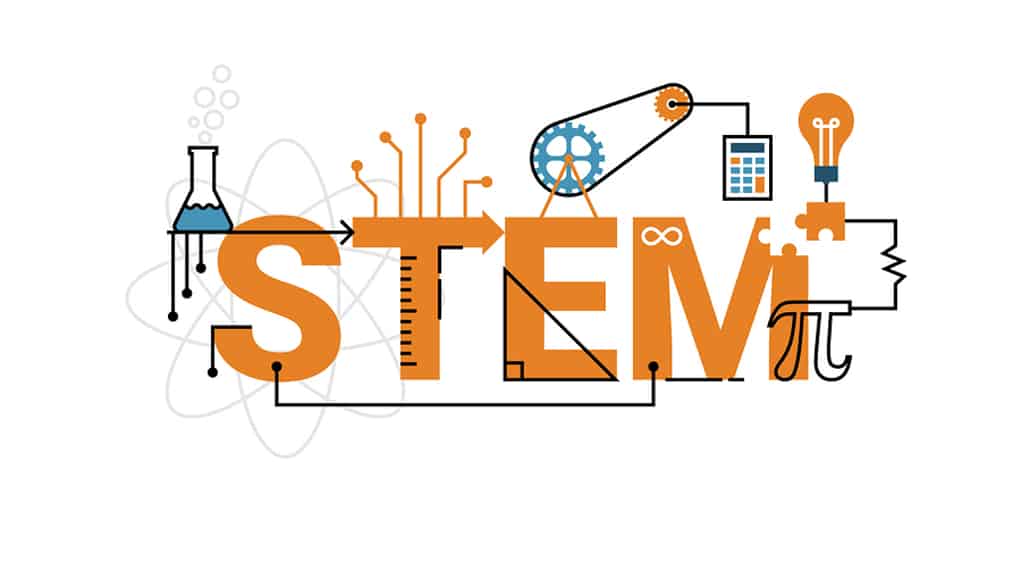West Caldwell
340 Bloomfield Ave
Caldwell, NJ 07006


Student loan debt is an overwhelming reality for students and parents of all backgrounds.
For high school juniors and seniors, the excitement of graduating and taking the next step into college is often tempered by the terrifying knowledge of what that education is likely to cost. The good news is that there are great options for students who excel in high school math to reduce that debt. Math and STEM scholarships can be a saving grace for students making the transition to college.
Searching for and applying for those scholarships, though, can be intimidating. We want to make the scholarship process a little easier. We’ve done the research to give you a head start. Here’s our advice on how to search for the right math scholarships.
This one’s a no-brainer. The FAFSA is the free application for financial aid accepted by just about every college in the country. Eligibility will be based on a number of different factors, including last year’s parental income. We urge all students to fill out the FAFSA, even if they think their family won’t qualify, as many merit-based scholarships still require a current FAFSA.
Scholarship applications can take up a good portion of time during a student’s senior year, so start early! Try not to cram everything in at the last minute. Keep track of deadlines to make sure you don’t miss any opportunities, and give yourself the time you’ll need to gather transcripts, write essays, and request letters of recommendation. You can start applying for many scholarships in your junior year of high school, and some scholarships can be applied for as early as the sophomore year.
While it may feel easier to open up the computer and search the web for scholarships, students are actually far more likely to receive financial aid from sources closer to home. Communities care about their students; all you need to know is where to look and who to ask.
Ask your high school counselor or career center for more. Most schools keep lists of scholarships, grants, and other opportunities for financial aid to give to their students. Don’t let this most obvious resource go untapped!
If you’re a student who excels in math and STEM it’s time to take advantage of that fact now. Math scholarships are at an all-time high, and students who are looking to go into STEM fields have more options for STEM scholarships than ever before. If high school math and STEM subjects are your strengths, you should absolutely be playing to them. But these aren’t the only strengths or scholarships you should be focusing on.
Are you an athlete scholar? There’s a scholarship for that. Do you participate regularly in the science fair? There’s a scholarship for that too. Have you been involved in the theater? Maybe a drama scholarship (including scholarships for technical theater, for those STEM-minded drama members) is for you.
Take advantage of your strengths and interests. If there’s something you’re passionate about, search for scholarships in that area. Your passion for the subject will shine through on your application, and make you an attractive prospect for the donating agency.
The more organized you are, the easier it will be to whip up an application when you find a new potential scholarship or grant. Here are a few things to keep in your scholarship folder, ready to pull out at a moment’s notice.
Please let us know in the comments if you have any particular math or STEM scholarships to recommend to students. We wish all our high school students the very best of luck!
